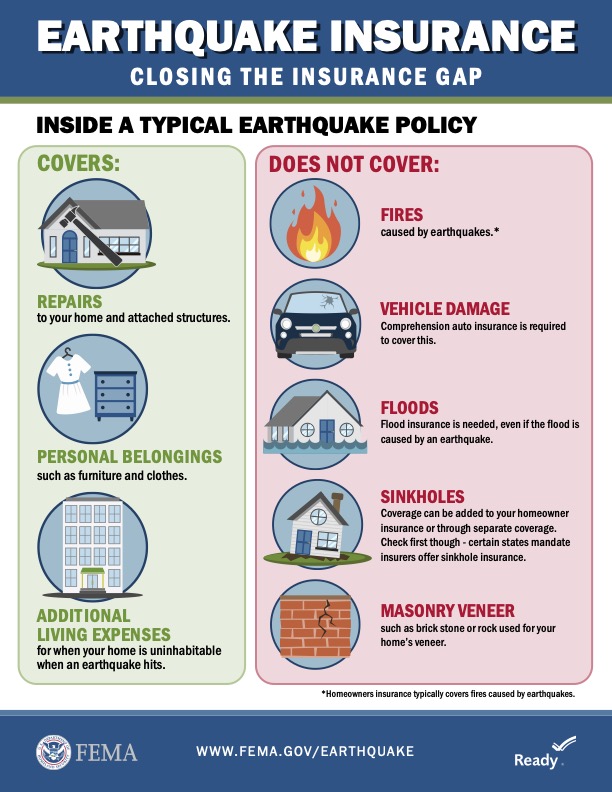Visit the North Carolina Department of Environmental Quality’s “Earthquakes in North Carolina” page.
Historic WNC Earthquakes
Source: USGS Professional Paper 1527
In the News
Earthquake Patterns
Mainshock – Aftershock Pattern
Many earthquakes follow a pattern known as a mainshock-aftershock sequence. In its simplest form, this means that the largest earthquake occurs first in this sequence, followed by a series of smaller shocks, decaying over a time period ranging from weeks to decades.
Swarm Pattern
Not all earthquake sequences follow the mainshock-aftershock pattern. Sometimes, the largest event might not be the first event in a sequence; instead it might occur in the middle. Sometimes sequences can have many earthquakes with magnitudes similar to the largest earthquake of the sequence. Sometimes sequences don’t decay over time, but rather remain steady or even increase in their activity rates over periods of days, weeks, or even months. Sequences that don’t fit a mainshock-aftershock pattern are typically considered swarms.
The “swarm” designation is typically applied when we observe relatively many earthquakes within a relatively small area, which just don’t fit the pattern of a mainshock-aftershock sequence.
What does an earthquake feel like?
The way an earthquake feels depends on where you are, where the earthquake is, and how big the earthquake is:
- A large earthquake nearby will feel like a sudden large jolt followed quickly by more strong shaking that may last a few seconds or up to a couple of minutes if it’s a rare great event. The shaking will feel violent and it will be difficult to stand up. The contents of your house will be a mess.
- A large earthquake far away will feel like a gentle bump followed several seconds later by stronger rolling shaking that may feel like sharp shaking for a little while.
- A small earthquake nearby will feel like a small sharp jolt followed by a few stronger sharp shakes that pass quickly.
- A small earthquake far away will probably not be felt at all, but if you do feel it, it will be a subtle gentle shake or two that is easier to feel if you’re still and sitting down.
Drop, Cover, Hold On
Earthquake Insurance



Earthquakes Can Drain Your Bank Account
PLAN FOR WHAT YOU CAN CONTROL
Federal relief funds may not cover immediate costs.
Where would you go if an earthquake damages your home?
How would you pay for immediate costs like repairs or replacement housing?
SET UP A SAFETY NET YOU CAN RELY ON
Earthquake Insurance
Parametric Insurance
Income
Savings
Take Steps Now
- Explore full insurance options or research partial coverage policies
- Add money to savings account
CONTACT YOUR INSURANCE AGENT
Earthquakes can be emotionally and financially devastating events for both renters and homeowners. Avoid dipping into your retirement or college savings to recover after an earthquake; buy insurance now.
DID YOU KNOW?
$250 K
Maximum Small Business Administration Loan Amount
$5K
Average FEMA Individual Assistance Payout
